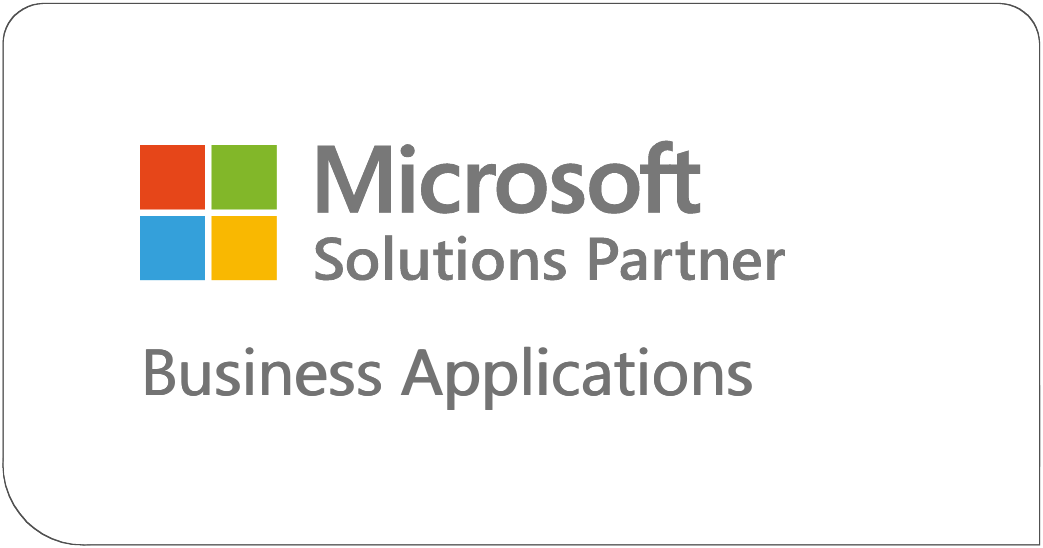| Sana Mirza

Creating commercials without delay inside Customer Relationship Management
(CRM) structures along with Dynamics 365 is a sport-changer for
entrepreneurs. It simplifies the process of coping with ad campaigns,
tracking performance, and optimizing spending all within a unmarried device.
The Role of Ads in CRM Platforms
CRM platforms like Dynamics 365 have advanced a long way past easy touch and opportunity management. Today, they contain advertising and marketing gear that allow organizations to run complete advertising campaigns. By integrating ad introduction into CRM, agencies can gain a unified view in their consumer interactions, song marketing campaign effectiveness, and refine targeting for higher effects.
Key Benefits of Ad Creation in Dynamics 365:
Centralized Campaign Management: Manage ads, leads, and customer data from a single platform.
Advanced Targeting: Use CRM data to create highly personalized ads based on customer behavior, preferences, and previous interactions.
Seamless Integration: Integrate your ads with platforms like Google Ads or Facebook Ads to automate data flow and streamline ad management.
Detailed Performance Tracking: Get in-depth insights into how each campaign is performing, enabling continuous optimization.
Step-by-Step Guide to Ad Creation in Dynamics 365
Let's dive into the process of creating ads in Dynamics 365 and how you can make the most of its features for your campaigns.
1. Understand Your Audience with CRM Data
The first step in creating effective ads is knowing your target market.
Dynamics 365 permits you to leverage consumer insights, behavioral
information, and interactions to outline your audience. By using entities
which includes "Leads," "Contacts," and "Opportunities," you could segment
your target market primarily based on diverse standards like demographics,
purchase records, and engagement stage.
2. Plan Your Ad Campaign
Planning your marketing campaign is critical for success. Begin by means of
setting clean goals—are you seeking to power visitors, generate leads, or
boost logo awareness, Once you have described your goals, you can craft
messaging that resonates together with your audience.
Use CRM statistics to perceive key touchpoints, create audience segments,
and layout personalised ad reports which can be tailored to every section.
Dynamics 365's Campaign Management module will help you prepare those
details.
3. Integrate Third-Party Advertising Platforms Dynamics 365 supports integration with popular advertising platforms such as Google Ads, Facebook, and LinkedIn. This allows you to sync your CRM records with advert platforms and automatically replace lead or conversion data. Using tools like Power Automate, you may create workflows to automate these approaches, making sure actual-time updates across all systems.
4. Create Ads with Custom Forms
To streamline ad creation, you can develop custom forms that allow marketers
to input ad content, define budgets, set targeting options, and configure ad
settings all within Dynamics 365. By designing these forms, your team can
ensure consistency and reduce manual errors.
For example, a custom ad creation form might include fields like:
- Ad Headline: Craft an engaging headline that captures attention.
- Ad Copy: Write persuasive ad copy that speaks to your audience’s needs.
- Target Audience: Select predefined segments based on your CRM data.
- Budget: Set your daily or total budget for the ad campaign.
- Duration: Choose the start and end dates for the campaign.
This simplifies the entire ad creation process and aligns it with CRM data, providing a seam less workflow.
5. Monitor and Optimize Your Campaigns
One of the biggest benefits of managing advertisements in a CRM platform
like Dynamics 365 is the potential to music performance and optimize
campaigns in actual-time. Using the "Ad Performance" or "Ad ROI" entities,
marketers can screen key metrics including impressions, clicks, conversions,
and cost-in line with-acquisition (CPA).
The CRM’s analytics talents will let you without difficulty investigate
what’s operating and in which enhancements are wanted. You can create
dashboards to visualise the success of your campaigns and use AI-powered
pointers to first-class-song your focused on and price range allocation.
6. Automate Campaign Follow-Ups
Once your ads generate leads or conversions, Dynamics 365's automation
features can assist manage comply with-ups. You can create workflows that
routinely assign results in income reps, agenda follow-up emails, or trigger
nurturing campaigns primarily based on person moves.
For instance, if a person clicks in your advert but would not convert, the
device can routinely ship a retargeting email or schedule a sales name to
re-have interaction the prospect.
Best Practices for Successful Ad Creation in Dynamics 365
To ensure your ads perform at their best, keep the following best practices in mind:
- Leverage CRM Data for Precise Targeting: Use customer segments and insights to craft ads that are relevant and timely.
- Test and Iterate: Run A/B tests for different ad variations to understand what resonates best with your audience.
- Track KPIs and ROI: Use Dynamics 365’s analytics to continuously monitor ad performance and adjust strategies accordingly.
- Optimize Budgets: Allocate your ad spend efficiently by focusing on high-performing channels and audiences.
- Personalization is Key: Customize your ads based on CRM data to deliver a personalized experience that drives engagement.
The Future of Ad Creation in CRM
As CRM platforms like Dynamics 365 continue to evolve, the integration of AI and machine learning will further enhance ad creation. AI-driven insights will help marketers predict which ad creatives will perform best, when to launch campaigns, and how to optimize budgets in real-time.

